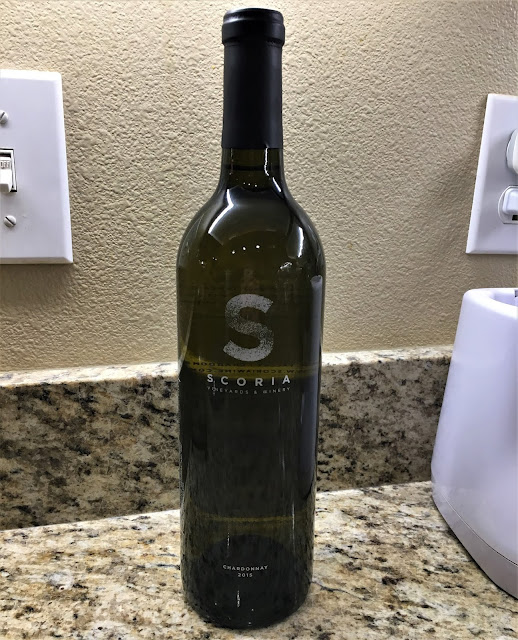
The next Drunk on Geology post is for Rock Slide Organic Red another Glacier National Park themed wine by Ten Spoon Vineyard. They also released the Going To The Sun Pinot Gris posted about before.
Since the name of the wine isn't Glacier National Park exclusive and I had already done a pretty
extensive overview of the park, I will go over what the geological name means.
A "rock slide" is a type of landslide, otherwise known as a mass movement event. Landslides are the downslope transport of rock, regolith (the layer of unconsolidated rocky material covering bedrock), snow, or ice from a higher elevation to a lower elevation through the force of gravity. Landslides can contain many different types of material and move at many different rates, from so slow it's barely perceptible to a very fast chaotic mess. They can also take place, not only on mountains, such as in Glacier National Park, but also under the water, where they are known as turbidites.
Rock slides, and landslides in general, fit into geomorphology because they have to do with the evolution of the landscape. Landslides often occur in steep landscapes, where the slope is too steep for the material that is sitting upon it. This type of environment is found high up in mountainous regions, were the majority of the sediment transport is by gravity, but it is not limited to there.
There are many types of landslides based on environment, materials that are moving, and the speed at which they move. The fastest types of landslide is the rock slide or rock fall mentioned on the bottle. A rock fall or rock slide is when a rock falls along a vertical or sub-vertical cliff. It then proceeds down slope by bouncing and flying along ballistic trajectories or by rolling on talus or debris slopes. The talus is the pile of rocks seen at the base of a cliff or a slope, which is the result of a rock fall or slide.
 |
| A close up, diagrammatic view of a rock slide. Image courtesy of Slide Share, original source unknown. |
As seen in the diagram above, rock slides are often linked to the orientation of the bedrock. When the layers of the bedrock are in the same orientation as the slope, this promotes failures of the slope. When a failure occurs, the rocks break off of the surface and falls or slides down to the base of the slope. Failures can be triggered by lots of things including earthquakes, construction machinery shaking the ground, heavy rains making the material on top heavier, or over steepening of the slope by construction, among other causes.
 |
| Rock slide along the Going-to-the-Sun Road in Glacier National Park. Image courtesy of Libby, MT News. |
Since the Going-to-the-Sun Road needed to be carved out of the valley wall in many places, specifically the steeper portions within the Logan Creek Valley. Here, not only do you already have a steep slope, but it was further steepened by construction of the highway, and then add on to that the heavy snow and rain characteristic of the region makes this road extremely prone to landslides of various types. Here is one instance of a rock slide along the Weeping Wall section of the road back in 2006 after a series of thunderstorms drenched the slope and created a slope that was then too steep for the amount of weight associated with it.
Text on back of bottle:
"Rockslide shows complex berry and cherry flavors with notes of chocolate and coffee. Made from grapes grown in the Missoula and Yakima Valleys, this wine stands up to Glacier's arbiter of good taste, the Great Bear."
Once a slope surface fails and the rocks start to slide, often additional material will then be knocked loose creating a larger landslide than initially started. Think of an avalanche (another type of mass movement event) where the amount of material at the beginning collects more material on its way down creating a massive movement of material.
Another great geologically themed wine from Two Spoon Vineyards.






































